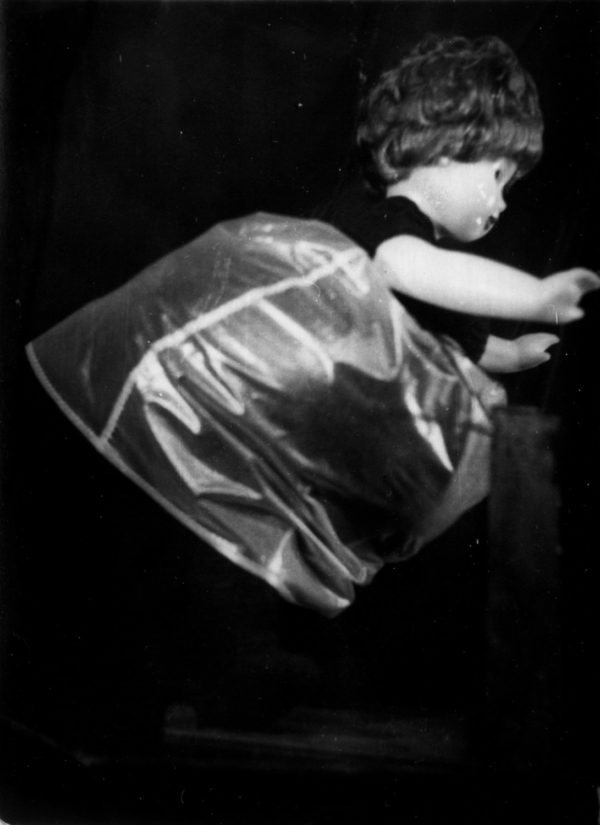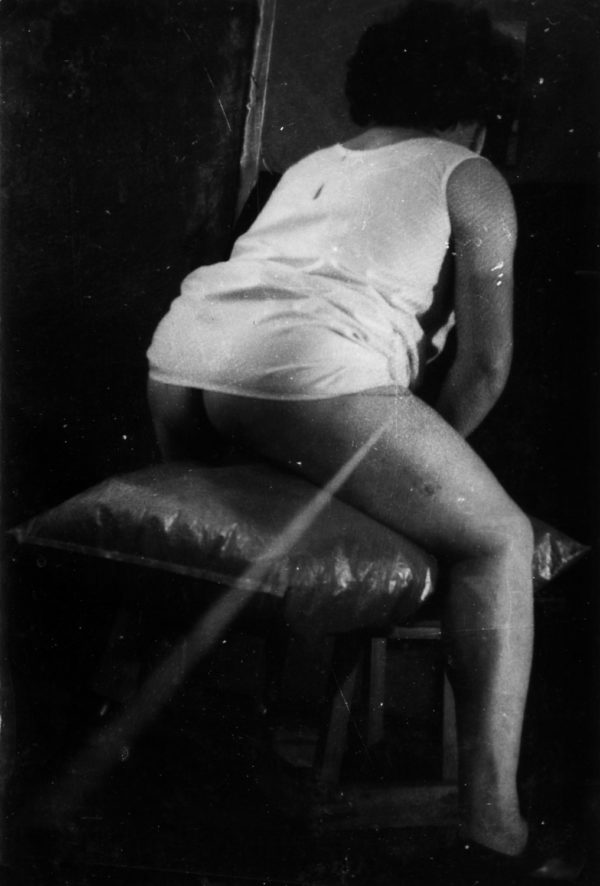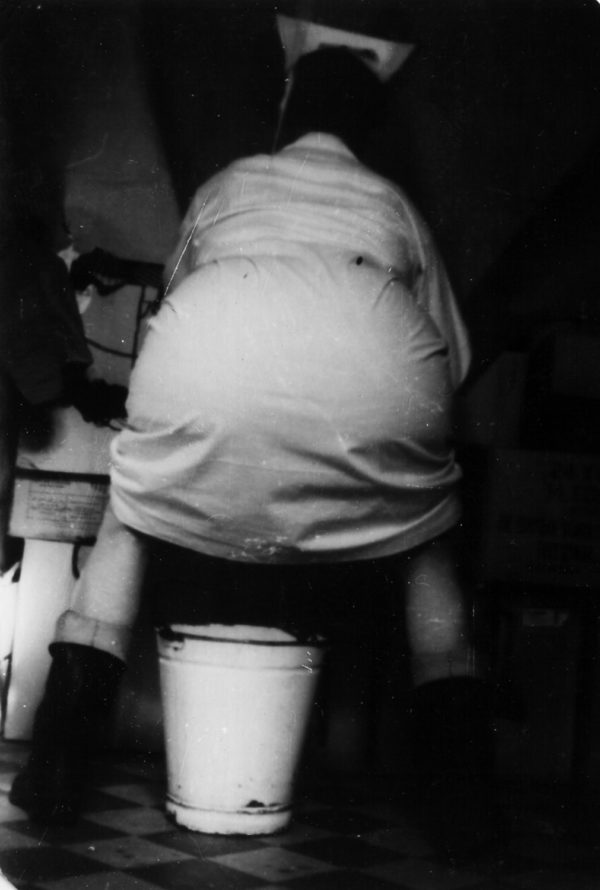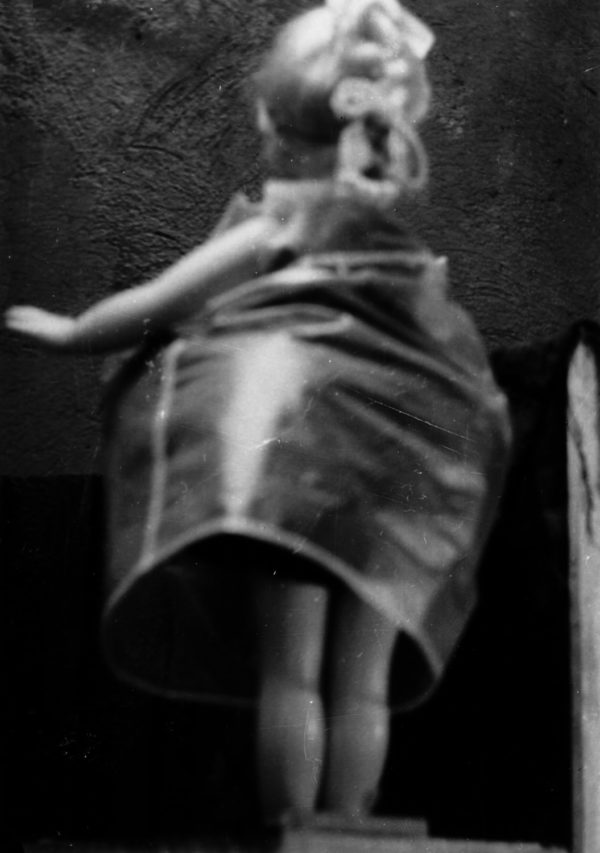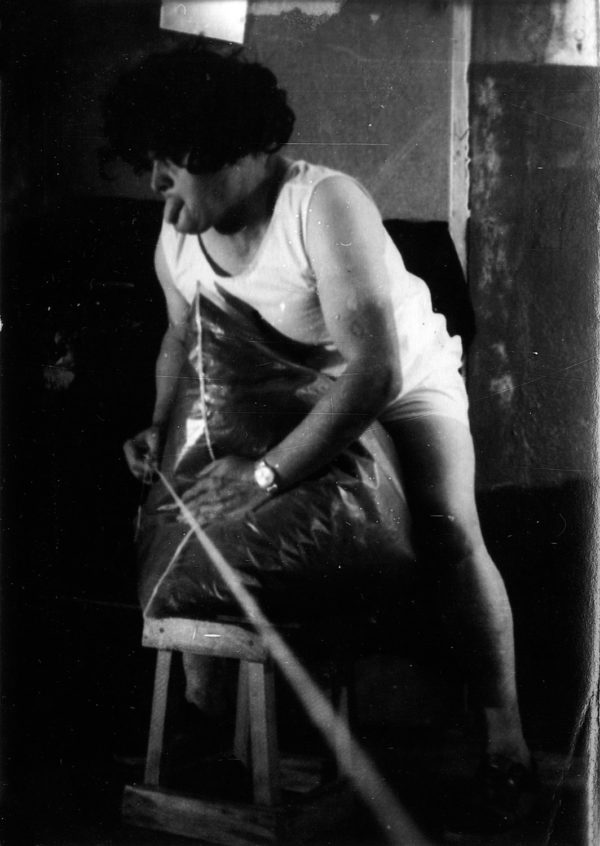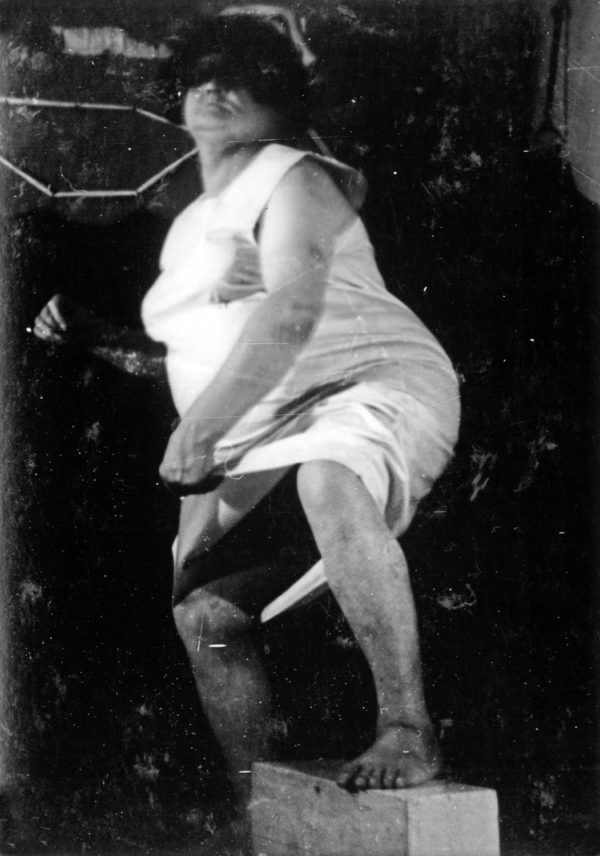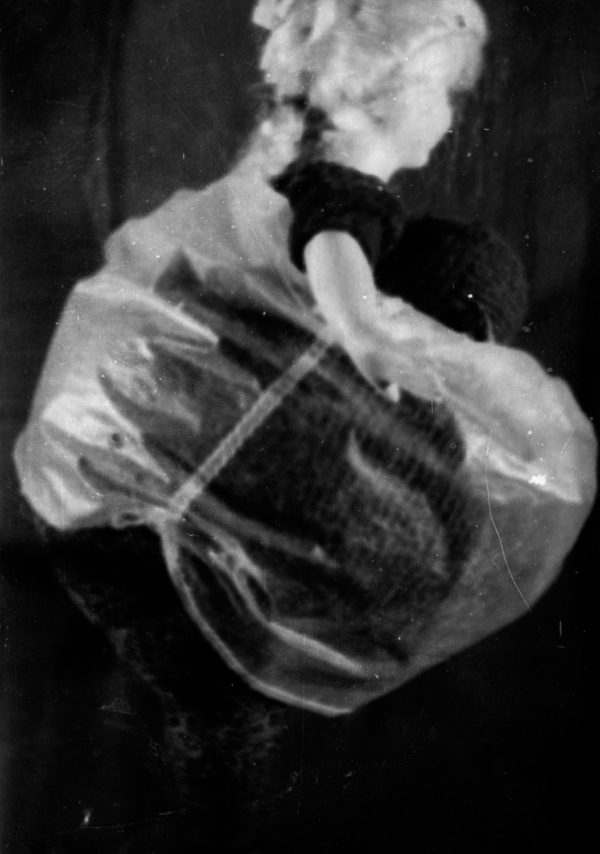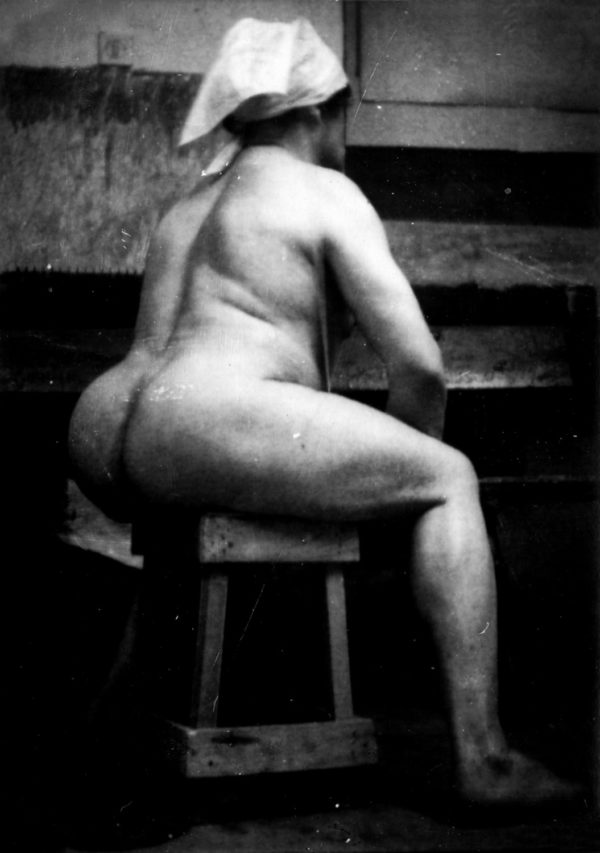Marian Henel was an unwanted child, the product of the rape of his mother by an unknown man. Living on the charity of neighbors, his mother raised him alone but died prematurely. Barely six years old, Henel was placed with a foster family who mistreated him. When he was thirteen years old, he ran away and found a job on a farm. His grotesque appearance—he was very short (just under five feet tall), obese, and afflicted with grimaces that he could not control—made him the object of much teasing. He therefore spent most of his time alone, taking every opportunity to peep at women at bath time. After World War II, he was hired as a driver and guard in the police force and then worked on a state farm. He was sent to prison for having set fire to a barn. In 1960, he was transferred to the Bernice Psychiatric Hospital, where he remained until his death. Henel first devoted himself to drawing pornographic and scatological scenes, but then he discovered photography, which quickly became his passion. With the money that he was making in the hospital textile workshop, he purchased paper and developing chemicals. He built a sort of enlarger out of wood and glass. He used a Druh camera on a wooden tripod, which also was of his making. Of the hundreds of two by three inch format photographs that he took, fewer than a hundred remain; most have disappeared. The photographs show him dressed as a woman, often with his back to the viewer and dis- playing his buttocks. Some shots show one or two dolls dressed in nurse’s uniforms and placed in erotic poses. Henel was fascinated by voluptuous women and so wanted to resemble them that he transformed himself. Treating his body as an art object, he removed all of his body hair and spent days eating sugar to put on weight. He wore garments that he made himself (he preferred white dresses that were a cross between a negligee and a nurse’s smock) and panties, which he also made, fashioned to visually enlarge his buttocks, as well as a bra, wool stockings, and a white headscarf. He also made three large tapestries portraying mainly erotic scenes, in which he featured himself with nude women, surrounded by insects, birds, and symbolically significant animals, such as an owl, eagle, snake, toad, bat, and cat.
